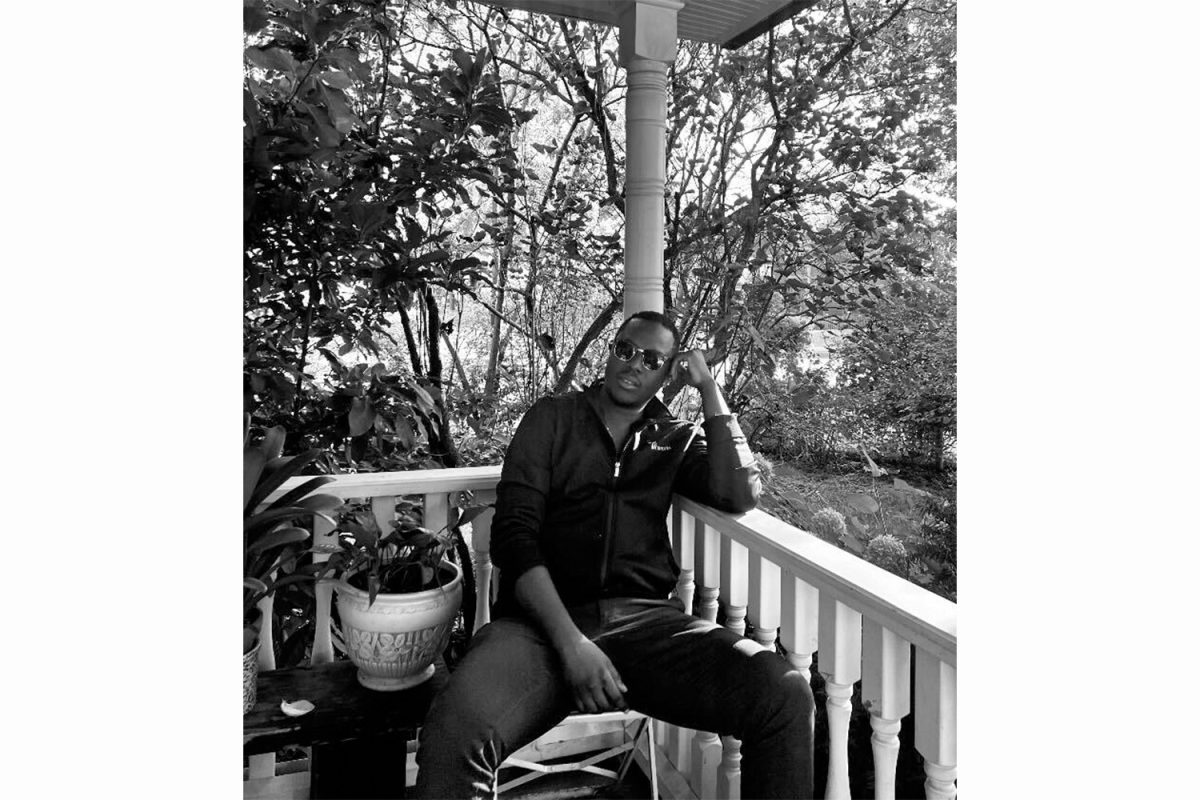In a room off Dubuque Street, there is a rack full of floor length dresses — or galabias — decorated in vibrant pinks, reds, yellows, and blues and embroidered with flowers that creep down the neckline.
On a hanger to the left, a silver beaded top dangles delicately.
Across the hall, a group of dancers wear scarves tied around their waists and use their arms to swoop and slice the air in figure eights. With flexed feet, swinging hips, still heads, and smiling faces, the group members move naturally — if placed on a beach, they’d make perfect circles in the sand with their feet.
The class practices Middle Eastern dance at the City Ballet of Iowa, 700 S. Dubuque St., led by Marie Wilkes of the Kahraman Near East Dance Ensemble, who’s taught this style in Iowa City for the past 24 years.
On Saturday, Kahraman Dance Studio and Salaam Music Ensemble will host Café Caravan, a day of dance and music workshops at Old Brick, 26 E. Market St., at 1 p.m., followed by a 7:30 p.m. performance featuring a fusion of traditional Middle Eastern expression and jazz, joined by local musician Saul Luberoff. Admission for workshops ranges from $30 to $45 and $12 to $15 for the evening concert.
Wilkes said the workshops will focus on learning to count uneven time signatures, which are indicative of world music, including counts of six, eight, and 10 beats per measure.
“Instead of steps, I want to teach them concepts for approaching the music as a mover and how to create movement out of what they hear,” she said.
Though Salaam Music Ensemble plays music from Iraq, Turkey, Egypt, and Lebanon, the musicians add twists with elements of jazz, blues, rock, and classical music.
“In our workshops, we will teach participants how to understand how Middle Eastern melodies are built and how to improvise in this style,” Salaam Ensemble member Dena El Saffar said.
“Instrumentalists will have the opportunity to play or sing some of the different modes, or maqamat, and learn to play a song or two.”
Both Wilkes and El Saffar encourage people of all skill levels to bring their instruments to Saturday’s workshops. The night performance will offer free refreshments and an opportunity for musicians to play the songs they learned in workshops earlier.
Kahraman students will perform everything from folkloric saidi style and belly-dancing techniques. They’ve also prepared a comedy number, danced to the jazz standard “Caravan.”
Wilkes is the founder of Kahraman and the artistic director; she received an M.F.A. in dance from the UI. She said teaching Middle Eastern movement in Iowa City is much easier than it used to be.
“When I first got here, the culture was very Iowan,” she said. “A lot of times, there was suspicion you were going to be a bad dancer and then you were going to do something out of the bounds of our culture, so it took a lot of years of education to present the folkloric dance of things.”
Although Wilkes said the general public uses the term “belly dancing,” there is no Arabic equivalent to the phrase — only raqs sharqi, or “dance of the East.”
Another common misconception, as Wilkes aptly puts it, is that all her dancers do is “shake it with beads.” She said the dance is so complex that one could easily spend the next 10 years exploring its technique.
“Women are surprised and delighted to find it accepting and loving of all ages and body types,” she said. “It’s a hobby of wealth in terms of the music, the dress, and the movement. You don’t peak and it’s over by the time you’re 30 — most of the dancers who are well-known in the East don’t have their peak until their 40s.”
Some may dismiss the most recognizable costume, a tassled bra and a long, low-cut skirt, as simply seductive, but the garb has a purpose — to elongate the torso so the waist, back, and belly movements are visible.
“The legs covered are very similar to a magician working with a table,” Wilkes said. “Our legs work very, very hard, but it would give away the tricks if you saw the legs all the time.”
And like a magician’s illusion, she said, the dance only gets more impressive with practice.
“The expressive quality of the dance becomes richer and more textured with time,” she said. “It takes a lot of feeling comfortable with your body and a real playful spirit.”






